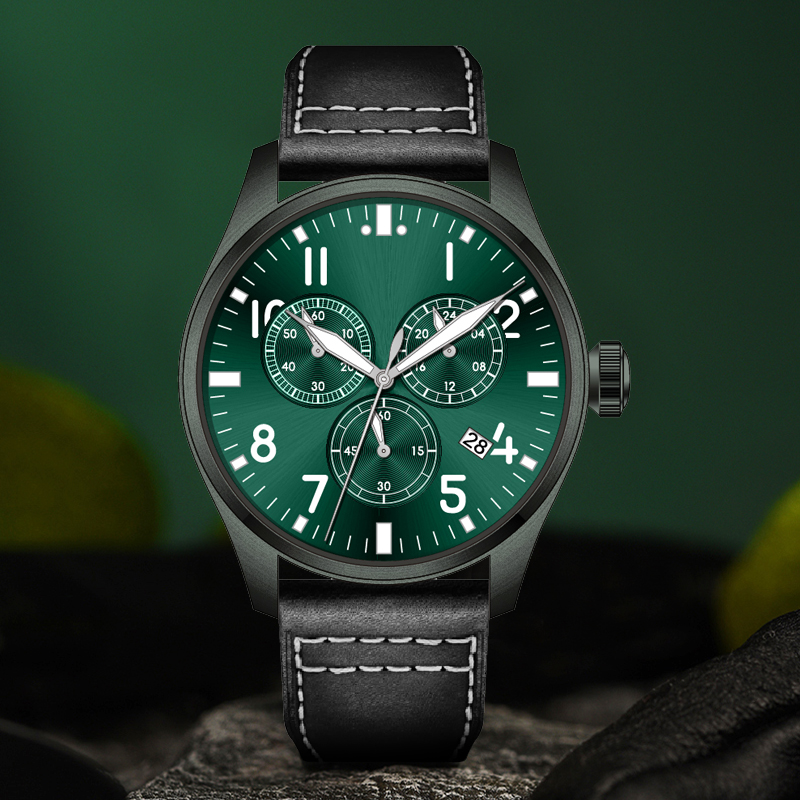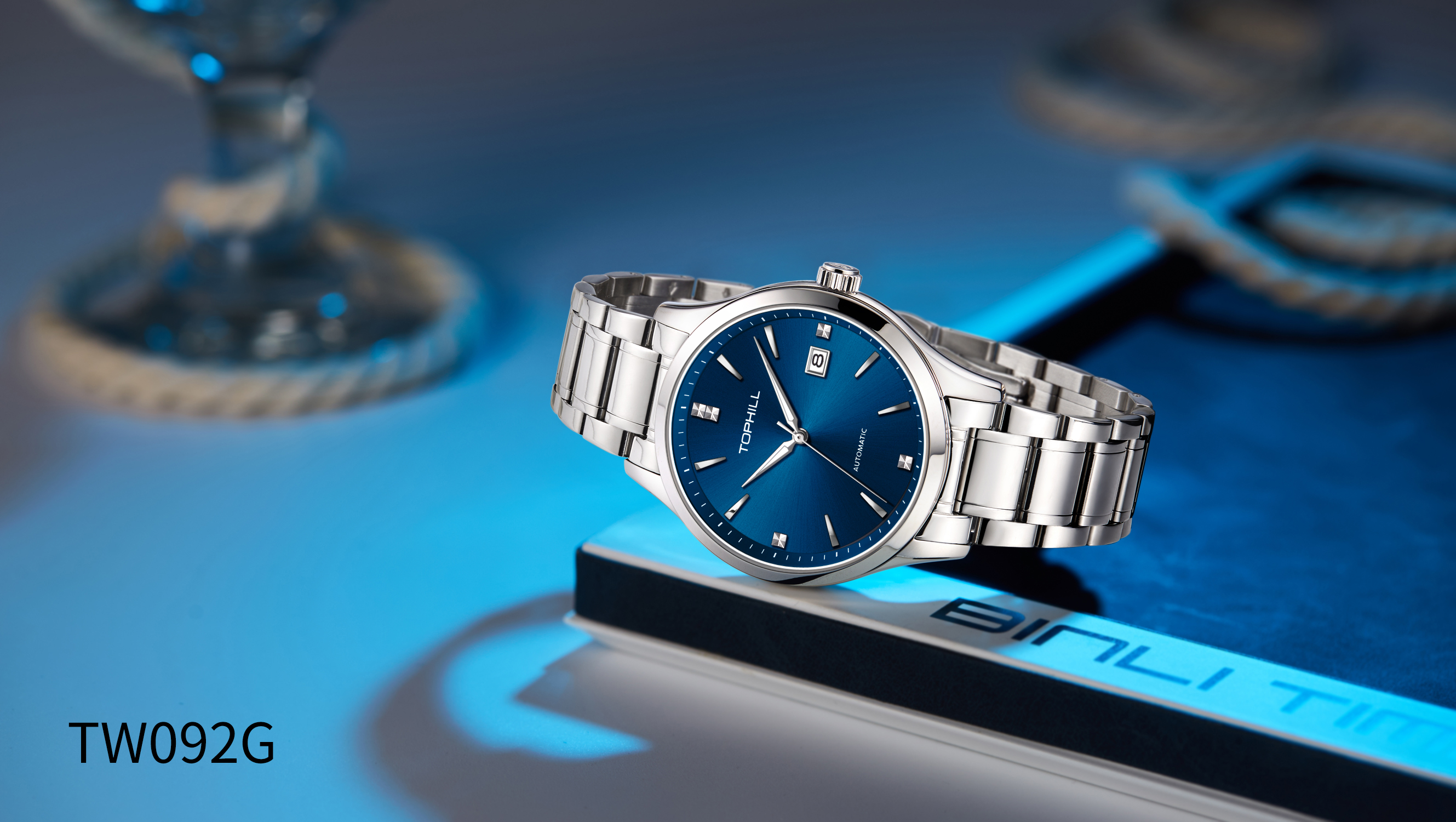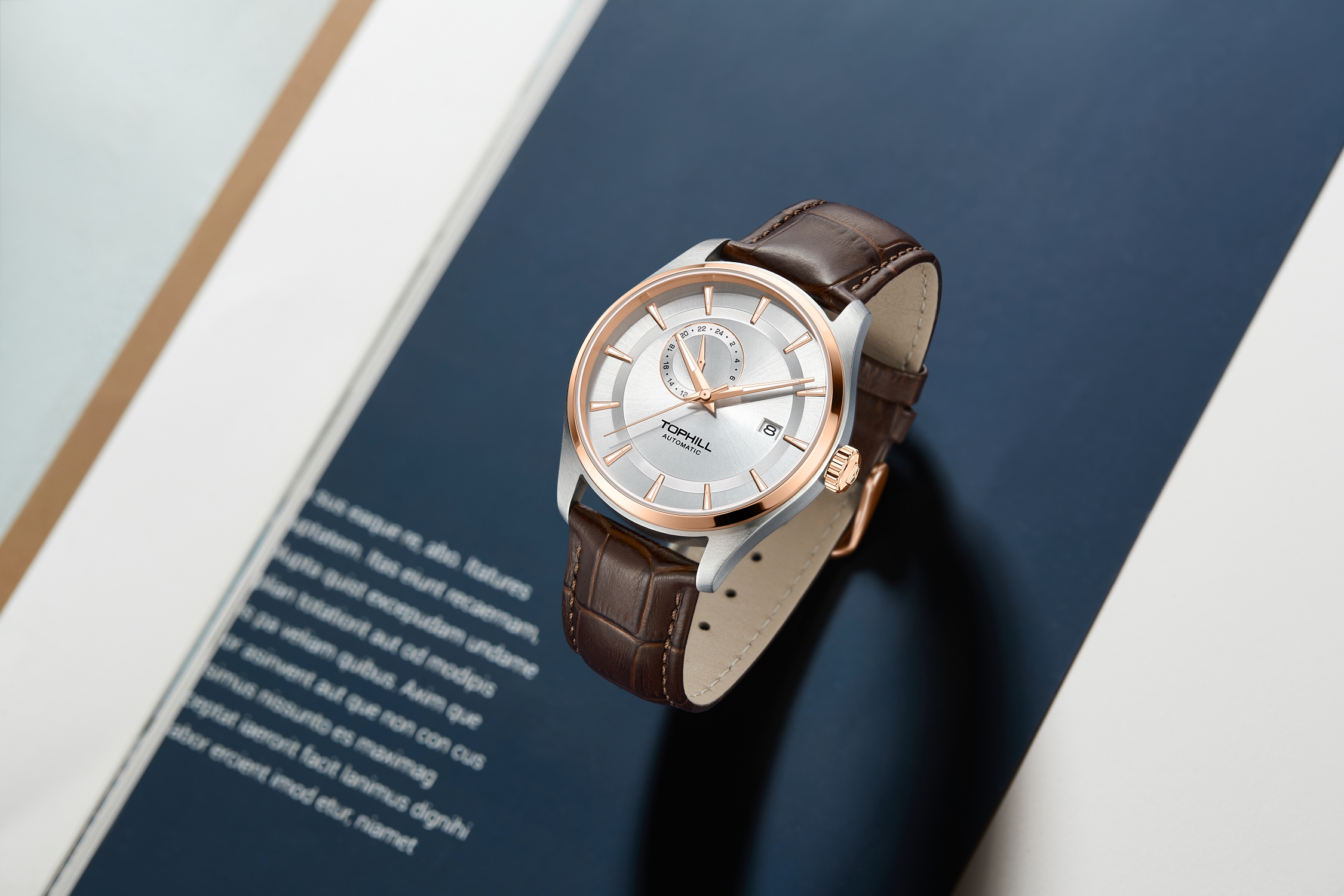Quartz watches have left an indelible mark on the world of horology, fundamentally altering how we perceive and measure time. In this article, we will embark on a journey through the captivating history and evolution of quartz watches, from their modest beginnings to their widespread prominence in today's world.
1. The Dawn of Quartz Technology
The foundation of quartz watches was laid upon the scientific exploration of the unique properties of quartz crystals in the early 20th century.
1.1 The Piezoelectric Revelation
In the 1920s, researchers like Pierre and Jacques Curie made a groundbreaking discovery: quartz crystals exhibited the piezoelectric effect. This effect meant that when mechanical pressure was applied to quartz crystals, they generated a small electric charge, and conversely, when an electric charge was applied, they vibrated at a remarkably stable frequency. This intrinsic property hinted at the potential for precise timekeeping.
1.2 Early Experiments and Military Applications
Following the discovery of the piezoelectric effect, scientists conducted experiments to harness quartz's potential in timekeeping. During World War II, this research led to the development of highly accurate quartz crystal oscillators used in military communication and navigation systems, further paving the way for the future of quartz timekeeping.

2. The Quartz Revolution: Changing the Face of Watchmaking
The true watershed moment for quartz watches arrived in the mid-20th century, heralding a new era in watchmaking.
2.1 The Seiko Astron: A Pioneering Milestone
In 1969, Seiko, the renowned Japanese watchmaker, introduced the world's first commercially available quartz watch, the Seiko Astron. This innovation represented a seismic shift in timekeeping technology. The Seiko Astron employed a quartz crystal oscillator as its heart, revolutionizing accuracy in watches. With a frequency of 32,768 Hz, this watch was astonishingly precise, setting a new standard for timekeeping.
2.2 The Quartz Crisis: Reshaping the Watch Industry
The introduction of quartz watches triggered what became known as the "Quartz Crisis." Traditional mechanical watchmakers initially dismissed quartz watches, but the public's enthusiasm for their accuracy and affordability ignited a global wave of demand. This upheaval led to a decline in traditional watchmaking and the rise of the quartz watch industry.

3. The Modern Quartz Watch Landscape
Today, quartz watches have evolved into a diverse and accessible category of timepieces, offering something for everyone.
3.1 Precision and Accessibility
Quartz watches are renowned for their precision, with many models losing or gaining only a few seconds a month. They are also available at a wide range of price points, making them accessible to a broad audience.
3.2 Durability and Low Maintenance
Modern quartz watches are exceptionally durable, with electronic components resistant to shocks and vibrations. They require minimal maintenance, primarily battery replacements every few years.
3.3 Specialized Applications
Quartz technology has been adapted for specialized purposes, such as aviation and diving watches, where precision and reliability are paramount.
The history and evolution of quartz watches underscore their enduring impact on horology. These timepieces, rooted in the scientific marvel of quartz crystals, have transformed how we perceive time and continue to captivate us with their precision and accessibility. From their humble beginnings to their pivotal role in the Quartz Crisis and their current status as a ubiquitous timekeeping choice, quartz watches have secured their place as an integral part of our daily lives, standing as a testament to the ever-advancing world of technology and craftsmanship.
Tags: Men quartz watch
 Are Luxury Couple Watches Worth Buying a
Are Luxury Couple Watches Worth Buying a
 Why Do Divers Prefer an Underwater Lumin
Why Do Divers Prefer an Underwater Lumin
 Why Are Affordable Men's Quartz Watches
Why Are Affordable Men's Quartz Watches
 Looking for a Timeless Christmas Gift? C
Looking for a Timeless Christmas Gift? C
Super Time